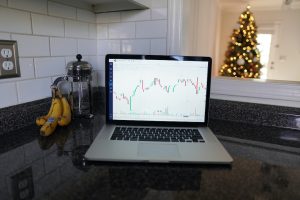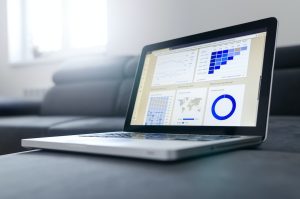Forex margin is an essential concept in trading that is often misunderstood by novice traders. Margin trading allows traders to increase their buying power by borrowing money from a broker to trade larger positions than they would be able to with their own funds. Margin trading in forex is a double-edged sword that can amplify profits and losses. In this article, we will explain how forex margin works and the risks and benefits associated with it.
Margin Definition
Margin is the amount of money that a trader must deposit with a broker to open and maintain a leveraged position. The margin requirement is a percentage of the position size and varies depending on the broker and the currency pair being traded. For example, a margin requirement of 1% means that a trader must deposit $1000 to open a $100,000 position.
The margin required to open a position varies depending on the leverage offered by the broker. Leverage is a tool that allows traders to control large positions with a small amount of capital. For example, if a broker offers a leverage of 100:1, a trader can control a $100,000 position with a $1000 deposit. However, leverage also amplifies the potential losses if the trade goes against the trader.
Margin Call
Margin trading involves borrowing money from a broker, and like any borrowing, it comes with the risk of default. If the position goes against the trader, and the losses exceed the margin deposit, the broker will issue a margin call. A margin call is a request from the broker to deposit additional funds to maintain the position or to close it out.
If the trader fails to meet the margin call, the broker will close out the position, and the trader will lose the entire deposit. This is called a margin call or a margin stop-out. Margin calls can be devastating for traders who are not prepared for the risks of margin trading. Therefore, it is essential to manage risk and use stop-loss orders to limit losses.
Benefits of Margin Trading
Margin trading has several benefits, including:
1. Increased Buying Power
Margin trading allows traders to control larger positions than they would be able to with their own funds. This can amplify profits if the trade goes in the trader’s favor.
2. Low Capital Requirement
Margin trading allows traders to enter the forex market with a small amount of capital. This is advantageous for traders who are just starting and do not have a lot of funds to invest.
3. Flexibility
Margin trading allows traders to take advantage of short-term price movements in the market. This is beneficial for traders who want to trade frequently and take advantage of small price movements.
Risks of Margin Trading
Margin trading also comes with several risks, including:
1. Amplified Losses
Margin trading amplifies losses if the trade goes against the trader. This can lead to substantial losses and even a margin call if the trader is not prepared for the risks of margin trading.
2. Overtrading
Margin trading can lead to overtrading, where traders take on too many positions and risk losing more than they can afford.
3. Interest Charges
Margin trading involves borrowing money from a broker, and this comes with interest charges. These charges can add up over time and reduce the trader’s profits.
Conclusion
Forex margin trading is a powerful tool that allows traders to increase their buying power and take advantage of short-term price movements in the market. However, it also comes with significant risks, including amplified losses and margin calls. Therefore, it is essential to manage risk and use stop-loss orders to limit losses. Additionally, traders should only use margin trading if they understand the risks involved and have the capital to afford the potential losses.






